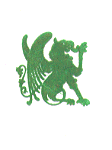 Select Publications
Select Publications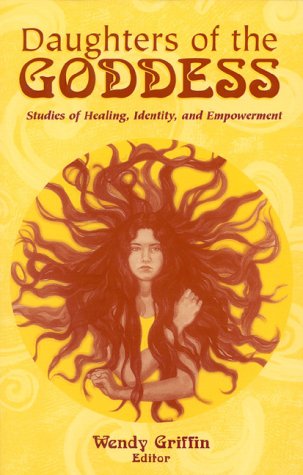
This paper is a reflexive account
of our fieldwork experiences with a coven of Dianic witches, a feminist
religious group that professes to be an agent of empowerment and change.
We examine ourselves as legitimate subjects of study, revealing how we
were influenced through feminist ritual and magic and how those changes
affected who we have become. We believe this to be the first academic
article to address the transformative process of doing fieldwork in the
context of feminist ritual. We inject our voices into the experimental
movement in ethnography that seeks to heal the artificial separation of
subject and object, modulate the "authorial voice," and acknowledge our
subjective involvement in the creation of social knowledge.
The Embodied Goddess
by Wendy GriffinFeminist Witchcraft and Female Divinity
A phenomenological approach and descriptive analysis are used in this article to examine the religion of feminist Witches and women in the American Goddess Movement. By drawing on interviews with participants in the field and focusing on three specific mythopoeic images used in religious rituals, I explore how these women use consciously created myths and symbols both to shape a framework of meaning that reinterprets the relationship between the spiritual and the material, and attempts to redefine power, authority, sexuality, and social relations. Ethnographic data were collected during a period of four years through participant observation and in-depth interviews with feminist Witches and priestesses of the Goddess.
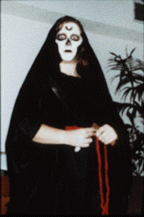 Into
the Darkness
Into
the DarknessThis paper explores the religion
of radical feminist witches and how it provides both the dying and the
living with a meaningful framework for interpreting death. Analytical
description is used to focus on significant elements of the Dianic tradition
of Wicca or Witchcraft, which interprets death as an integral part of the
life cycle. An analysis of a Wiccan funeral demonstrates how the
religion gives meaning to life and death, links individuals to the community,
helps to reestablish group solidarity, and provides a shared subjective
reality for those who acknowledge only a divine female principle called
"The Goddess." The data for this paper were collected through participant
observation in the coven�s rituals and selected social events over a period
of one year. In-depth interviews were conducted with all coven members
as well.
For
more scholarly work on Goddess Spirituality, click here.
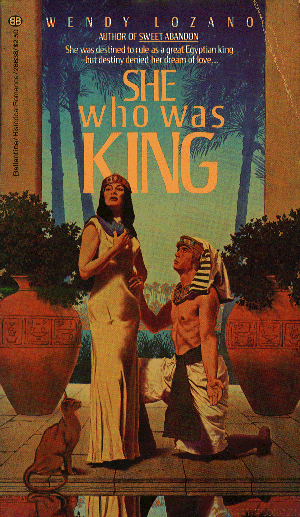 She
Who Was King
She
Who Was King
A romanticized biography
of Hatshepsut, female pharaoh of Egypt during the 18th dynasty. A
powerful ruler who commanded armies, forged twenty years of peace, and
built one of the most beautiful temples in the world, Hatshepsut
died almost as many years before Cleopatra was born as Cleopatra did before
we were born. The book is long out of print, but click on the cover
to read loose translations of poetry from that period. Some
day they will appear there.
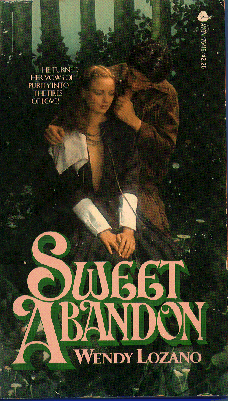 Sweet
Abandon
Sweet
Abandon